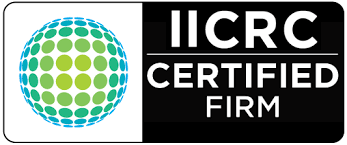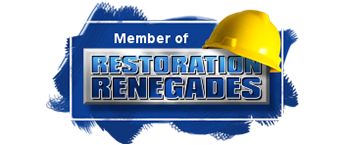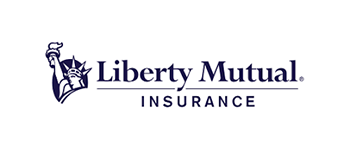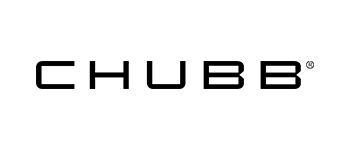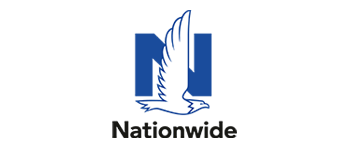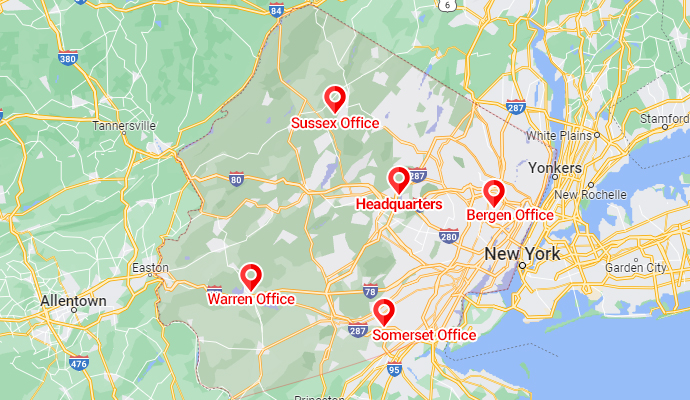Mastering Dry Standards in Water Damage Restoration: Your Guide to a Clean and Sanitized Home
Water damage can transform your home from a comfortable sanctuary to a damp, wet environment in an instant. Whether it’s a leaking toilet, a burst pipe under the sink, or flooding from heavy rainfall, understanding dry standards in water damage restoration is crucial for ensuring your home is thoroughly dried, clean, and sanitized. These standards provide a framework for professionals to effectively manage moisture and humidity, preventing long-term issues like mold growth and structural damage.
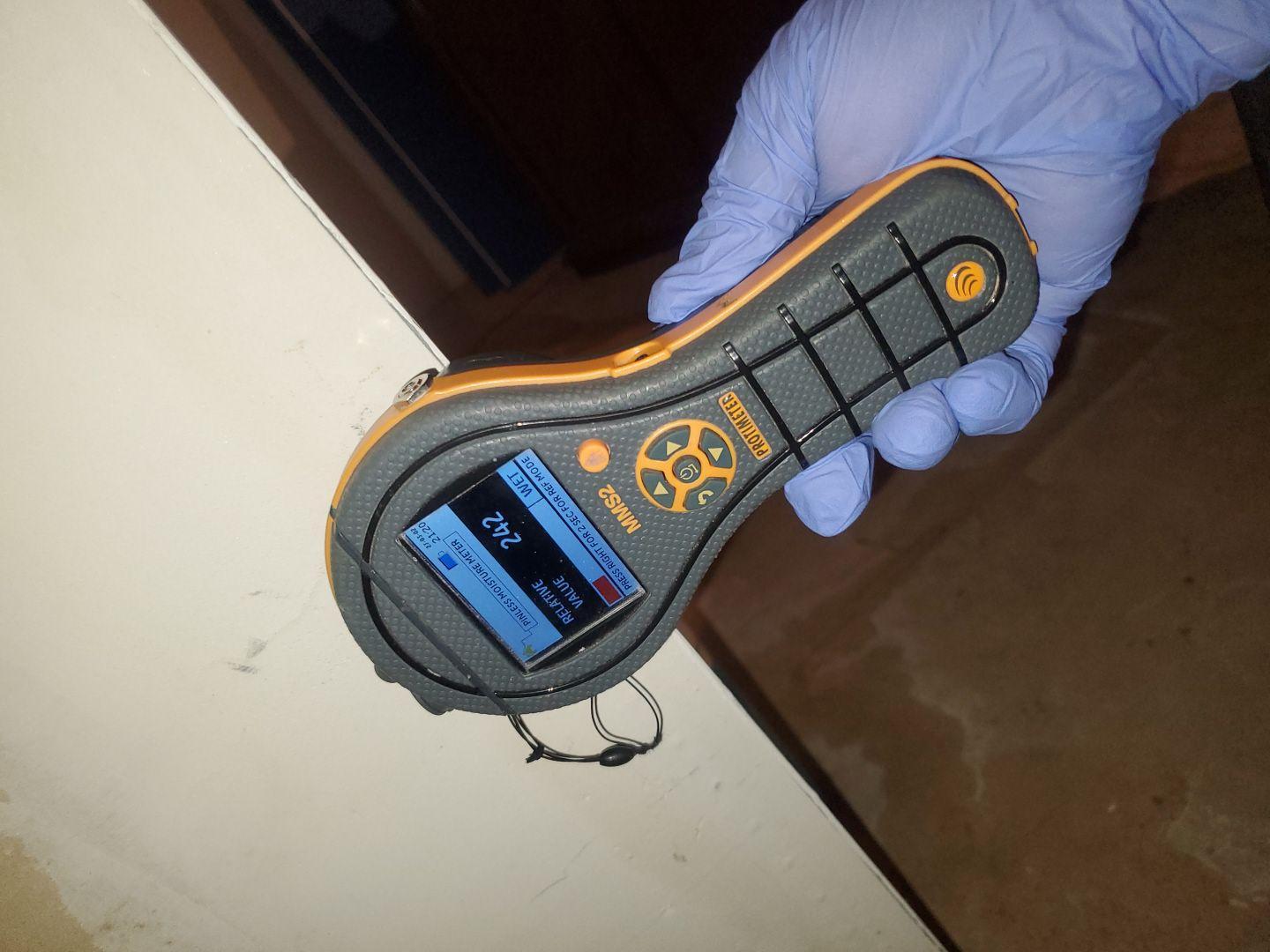
What Are Dry Standards in Water Damage Restoration?
Dry standards are established guidelines that dictate the appropriate levels of dryness required in different parts of a property after water damage. These standards ensure that all affected areas are properly dried to prevent the recurrence of problems such as mold, mildew, and structural weakening. Adhering to dry standards is essential for maintaining a healthy living environment and safeguarding your home’s integrity.
How to Take Dry Standards Measurements
Accurately measuring dryness involves using specialized tools and techniques to assess moisture levels in various materials and areas. Here’s how professionals typically take dry standards measurements:
1. Moisture Meters
Moisture meters are essential tools for detecting moisture levels in walls, floors, and other surfaces. These devices can penetrate materials to provide precise readings of moisture content, helping to identify damp or wet areas that need further drying.
2. Hygrometers
Hygrometers measure the relative humidity in the air. Maintaining optimal humidity levels (typically between 30-50%) is crucial for preventing mold growth. By monitoring humidity, restoration professionals can adjust dehumidifiers and ventilation systems to achieve the desired dryness.
3. Thermal Imaging Cameras
Thermal imaging cameras detect temperature variations that indicate moisture presence. These cameras can quickly identify hidden damp areas behind walls, under floors, or inside cabinets, ensuring no damp spot is overlooked.
4. Infrared Cameras
Infrared cameras are similar to thermal imaging devices but are specifically used to detect moisture within building materials. They provide a visual representation of moisture distribution, allowing for targeted drying efforts.
Applications of Dry Standards
Implementing dry standards serves multiple purposes in water damage restoration:
1. Preventing Mold Growth
Excess moisture creates an ideal environment for mold and mildew to thrive. By adhering to dry standards, you can significantly reduce humidity and moisture levels, preventing mold from developing in damp areas like bathrooms, kitchens, and basements.
2. Protecting Structural Integrity
Moisture can weaken structural elements such as wood beams, drywall, and flooring. Ensuring that these materials are thoroughly dried helps maintain the structural integrity of your home, preventing costly repairs down the line.
3. Ensuring a Sanitized Environment
Water damage often leads to unsanitary conditions, especially in areas like bathrooms and kitchens. Proper drying and sanitization eliminate harmful bacteria and pathogens, ensuring that your home remains clean and safe for occupancy.
4. Facilitating Insurance Claims
Accurate documentation of dryness levels through dry standards can support your insurance claims for water damage. Detailed records of moisture measurements demonstrate the thoroughness of the restoration process, helping to expedite your claims and ensure you receive adequate compensation.
Implementing Dry Standards in Your Home
To effectively implement dry standards, consider the following steps:
- Engage Professional Restoration Services: Certified water damage restoration professionals have the expertise and equipment to accurately measure and achieve dry standards.
- Use Proper Ventilation: Ensure that affected areas are well-ventilated to aid in the drying process and reduce humidity levels.
- Deploy Dehumidifiers and Fans: Utilize industrial-grade dehumidifiers and drying fans to remove moisture from the air and surfaces efficiently.
- Monitor Progress: Continuously monitor moisture levels using the tools mentioned above to ensure that dry standards are being met throughout the restoration process.
Conclusion
Adhering to dry standards in water damage restoration is essential for maintaining a clean, sanitized, and safe home environment. By accurately measuring moisture and humidity levels and implementing effective drying techniques, you can prevent mold growth, protect your home’s structural integrity, and ensure a swift recovery from water damage. Whether dealing with a minor leak or significant flooding, mastering dry standards will help you restore your home to its pre-damage condition efficiently and effectively.
For comprehensive water damage restoration services that adhere to the highest dry standards, contact our team of experts today. Let us help you create a dry, clean, and sanitized living space, free from the lingering effects of moisture and water damage.




